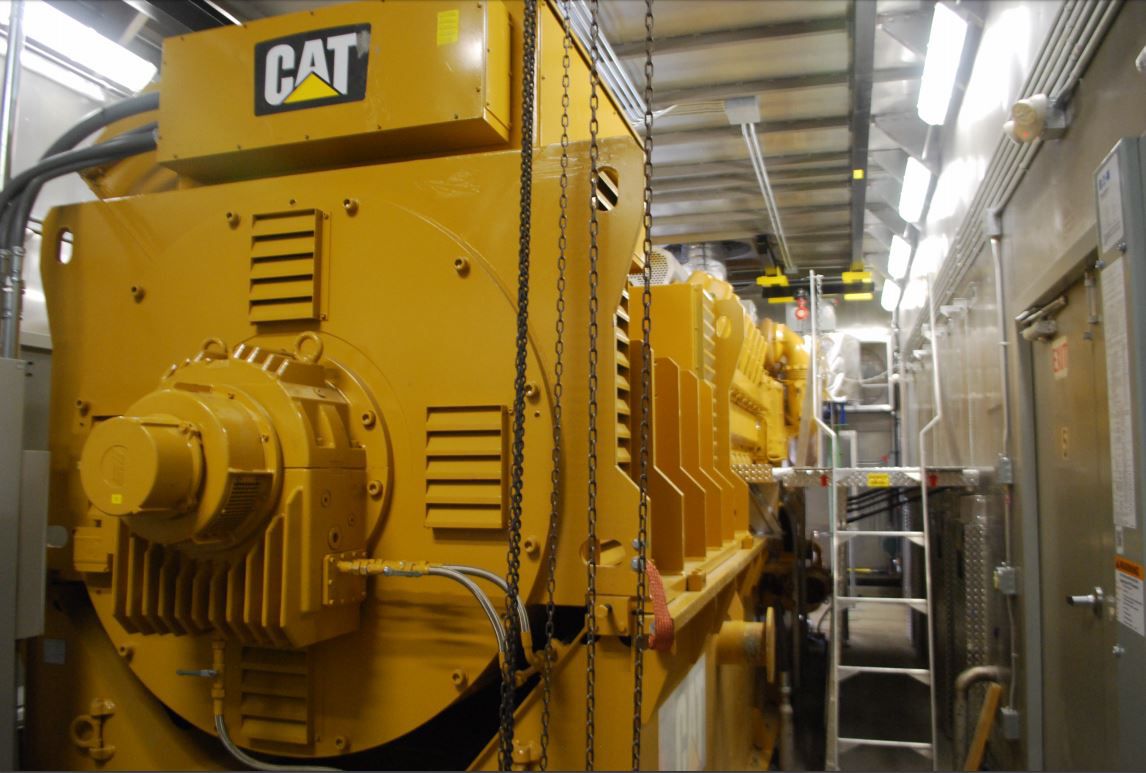

Sign In
Welcome! Sign In to personalize your Cat.com experience
If you already have an existing account with another Cat App, you can use the same account to sign in here
Register Now
One Account. All of Cat.
Your Caterpillar account is the single account you use to log in to select services and applications we offer. Shop for parts and machines online, manage your fleet, go mobile, and more.
Account Information
Site Settings
Security
How to Deal with Financial Hardship in the Construction Industry
SOMETIMES NO MATTER HOW WELL YOU OPERATE YOUR CONSTRUCTION FIRM, EXTERNAL FACTORS SUCH AS INDUSTRY DOWNTURN CAN DERAIL YOUR BUSINESS PLAN AND STOP YOU FROM REACHING YOUR GROWTH MILESTONES
The economic landscape of the construction industry continues to run through cycles that often result in:
- More expansive bid lists.
- Tight operating costs.
- Lower profit margins.
- Non-local contractors expanding into new territories.
Any of these factors can impact your ability to secure new jobs, complete work within budget or secure performance and bid bonds, among various other signs of distress. Your firm needs to be flexible enough to quickly respond to these shifting trends. Consider these three useful tips for dealing with financial hardships:
1. Draft more detailed contracts
Many construction firms, including yours, might use contract templates issued by a trade or industry organization. However, these cookie-cutter contracts don't always cover the full scope of work required for a specific job, leading to a significant amount of riders, addendums and amendments to the document. Unless every detail of the prospective job is outlined and clearly delineated in your contracts, it can lead to your firm doing more work than you were originally hired to complete. This is known as scope creep, and it's a driving force behind firms only managing to break even, or worse, lose money on a job.
2. Consider implementing an ERP system
At any given time, your construction firm no doubt has many jobs spread across several sites, miles away from one other. In addition, all of the important financial data pertaining to these projects is siloed on in-house servers or in many cases, paper files. Without real-time access to all of this crucial information, project managers and site foremen don't have the ability to make informed decisions on the job. This can lead to budget overruns, scheduling delays or scope creep.
Implementing a cloud-based enterprise resource planning (ERP) system can keep all of your firm's financial data in one single repository that's accessible from any mobile device with internet connection. An ERP system can help your construction firm streamline finances and ensure every project stays on budget, on schedule and within the scope of the contracted work. While implementing a system like this does require an initial investment, it can ultimately save your firm time and money over the long run.
If you aren’t ready to invest in an ERP system, you can begin by implementing a fleet management tool to better understand your uptime, fuel use, machine location and operating patterns.
3. Utilize equipment financing options
An easy way to cut overhead costs is by switching to leased equipment. Instead of doling out the full upfront cost of the machinery needed for daily operations, using equipment financing options provides more financial flexibility and the ability to reallocate resources where they're most needed. Whether for funding payroll, investing in a marketing campaign or paying vendor invoices, this allows you to react to changes in your industry and keep pace with your competitors.
Using a captive finance company like Cat Financial provides your organization with quick and easy financing and customized payment plans that allow you to weather any financial hardships and continue growing your construction firm.
Additional Articles
Find in-depth articles to answer your questions about construction equipment financing, and expert tips to help you navigate today's economy as a successful business.
-
2019-11-01 Four Easy Steps to Protect Your Cat® Engine or Generator Set
November 01, 2019
Learn More -
2020-10-01 Equipment Financing Requirements: Four Key Factors
October 01, 2020
Take a Look -
2019-10-15 Legacy Planning: Your Business After You
October 15, 2019
Learn More -
2019-10-31 Protect Your Livelihood by Protecting Your Equipment
October 31, 2019
Learn More -
2020-03-31 Effective Use of Cash Vs. Credit for Equipment Purchasing
March 31, 2020
Learn More -
2020-03-01 Extend the Life of Your Equipment with a Rebuild
March 01, 2020
Learn More -
Protecting Your Small Business: 3 Reasons to Make Sure You're Covered
Learn More -
2020-05-20 4 Benefits of an Effective Business Plan
May 20, 2020
Learn More -
2019-10-01 6 Helpful Tips When Applying for Commercial Financing
October 01, 2019
Learn More -
2019-10-10 The Immediate and Long-Term Value of Captive Finance Companies
October 10, 2019
Learn More -
2019-10-05 4 Easy Steps to Break Down Financial Barriers
October 05, 2019
Learn More -
2020-11-01 How Technology Can Help You Operate Your Business More Efficiently
November 01, 2020
Learn More -
2020-08-05 3 Tips for Mining Companies Looking to Generate Cash Flow
August 05, 2020
Learn More -
2020-02-01 Business Health: Managing Risk to Make Effective Investments
February 01, 2020
Learn More -
2020-01-01 Business Health: The Basics of a Profitability Review
January 01, 2020
Learn More -
2020-07-31 Tools for Success: Grow Your Business with an Effective Cash Flow Template
July 31, 2020
Learn More -
2020-02-01 Tips for Improving Cash Flow and Working Capital
February 01, 2020
Learn More -
2020-01-15 What Does a Lender Look For?
January 15, 2020
Learn more -
The Importance of Having an Effective Construction Safety Culture
Learn More -
Business Health: Identifying Priorities That Contribute to Growth
Learn More



















